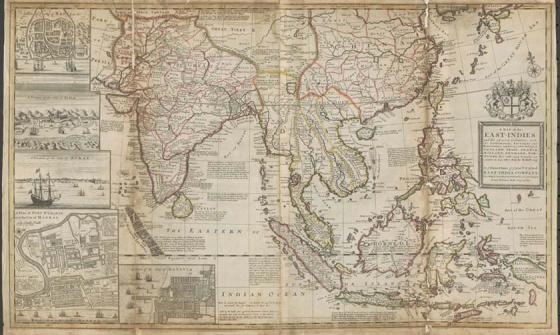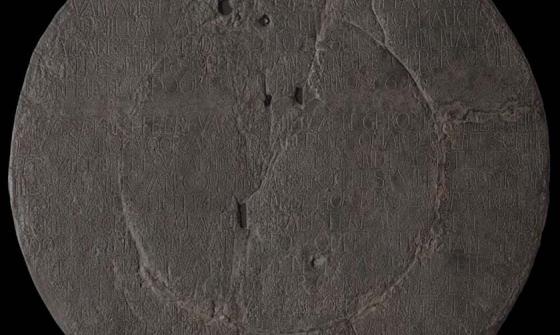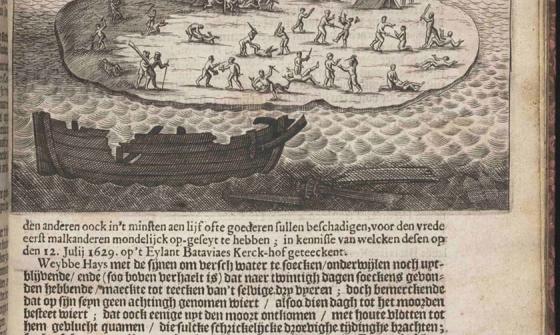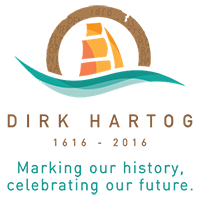Dirk Hartog 1616–2016: 400 years of Dutch-Australian connections
About this module
This module adopts an inquiry-based approach to develop students’ skills as historians through engaging historical sources. Featuring sources from the National Library’s collections, the resource offers flexibility to suit diverse classroom contexts and learning styles. Introductory and concluding activities are provided to focus students on the broad concepts explored in Year 4.
Digital Classroom: Dirk Hartog 1616-2016 - 400 years of Dutch-Australian connections
Copyright for teachers
You can download all collection materials in this resource for education purposes. For more information, go to copyright for teachers .
Topics in this module

Herman Moll & William Dampier, Collection of voyages, A map of the East-Indies and adjacent countries [cartographic material] : with settlements, factories, and territories : explaining what belongs to England, Spain, France, Holland, Denmark, Portugal, etc. with many remarks not extant in any other map, 1729, nla.gov.au/nla.obj-231221936

Replica of the Vlamingh Plate [realia], 1950, nla.gov.au/nla.obj-135734827

Francisco Pelsaert, Ongeluckige voyagie van't schip Batavia na Oost-Indien uyt-gevaren onder de E. Franç̧ois Pelsaert : gebleven op de Abriolhos van Frederick Houtman op de hooghte van 28 en een half graden by Zuyden de Linie Equinoctiael : vervattende 't verongelucken des schips, en de grouwelijcke moorderyen onder 't scheeps-volck, op't eylandt Bataviaes Kerck-hoff nevens de straffe der handtdadigers in de Jaren 1628 en 1629 ; hier achter is by- gevoeght eenige discourssen der Oost-Indische Zee-vaert als mede de gantsche gelegentheyt der Koopmanschappen diemen in Indien doet., 1649, nla.gov.au/nla.obj-39984464
Curriculum links
This resource is aligned with the Australian Curriculum: Humanities and Social Sciences for Year 4 students.
The resource also has relevance to the English and the Civics and Citizenship learning areas and to the General Capabilities of Literacy, Critical and Creative Thinking, Intercultural Understanding, and Personal and Social Capability.
- the experiences of individuals and groups, including military and civilian officials, and convicts involved in the establishment of the first British (AC9HS4K03)
- The effects of contact with other people on First Nations Australians and their countries/places following the arrival of the First Fleet and how this was viewed by First Nations Australians as an invasion (AC9HS4K04)

Acknowledgement
This resource has been generously supported by the Embassy of the Kingdom of the Netherlands in Australia, to commemorate the 400th anniversary of the arrival of Dirk Hartog on the West Australian coast in 1616.



